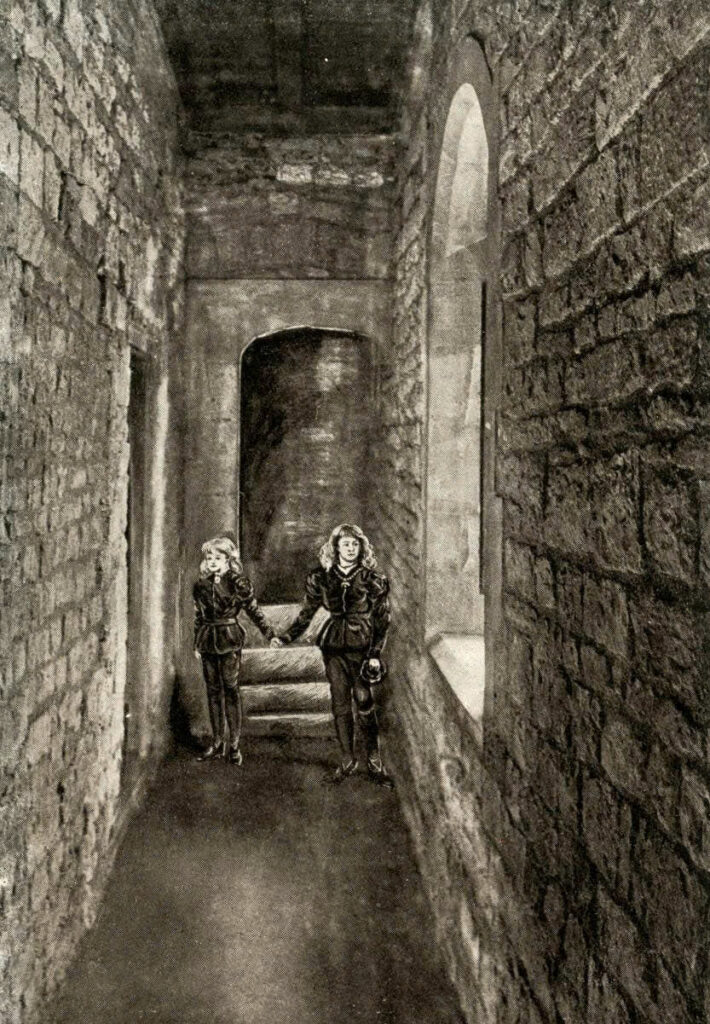The Tower of London holds many dark secrets, but perhaps none more intriguing than the fate of two young princes who vanished within its walls in 1483. This centuries-old mystery continues to captivate historians and enthusiasts alike, presenting one of England’s most enduring historical puzzles.
The Vanished Princes

Edward V and his younger brother, Richard, Duke of York, were the sons of King Edward IV and Queen Elizabeth Woodville. Following their father’s death, young Edward was briefly proclaimed king, with his uncle Richard, Duke of Gloucester, appointed as Lord Protector. However, fate had different plans for these royal children. In a dramatic turn of events, their uncle declared them illegitimate and claimed the throne for himself as King Richard III. The boys were last seen alive in the Tower of London in 1483, their subsequent fate becoming one of history’s greatest mysteries.
A Startling Discovery
The Unearthing of 1674

The mystery took an unexpected turn in 1674 when laborers working near the White Tower made a chilling discovery. While dismantling sections of the Tudor and Medieval Palace, they unearthed two small skeletons hidden in a chest, buried approximately ten feet beneath a staircase. John Knight, King Charles II’s chief surgeon, noted that the bones’ sizes matched the estimated ages of the missing princes – thirteen and eleven years old at their disappearance.
Royal Recognition

Though initially overlooked, the significance of these remains eventually caught royal attention. King Charles II ordered the bones to be placed in a marble urn and interred in Westminster Abbey among other royal relics, acknowledging their potential connection to the lost princes.
The Mystery Deepens
Theories and Speculations

The disappearance of the princes has spawned numerous theories over the centuries. Many historians believe Richard III ordered their assassination to secure his claim to the throne. Others suggest the boys might have survived into adulthood or that different political figures, including Henry Tudor (later Henry VII), could have been responsible for their fate.
The 1933 Investigation
A significant development occurred in 1933 when experts reexamined the bones, discovering a jawbone and molar believed to belong to Richard, Duke of York. Despite this finding and advances in modern forensic science, the remains have never undergone DNA testing, as royal permission has not been granted.
A Legacy of Intrigue
The story of the Princes in the Tower serves as more than just a historical mystery – it stands as a stark reminder of the dangerous nature of royal succession in medieval England. Their disappearance highlights how political ambition could override family loyalty, even within the royal household.

Today, the truth about the princes’ fate remains elusive, their story continuing to fascinate and perplex historians and the public alike. The marble urn in Westminster Abbey stands as a silent testament to this unsolved medieval mystery, reminding us that some historical questions may forever remain unanswered.

